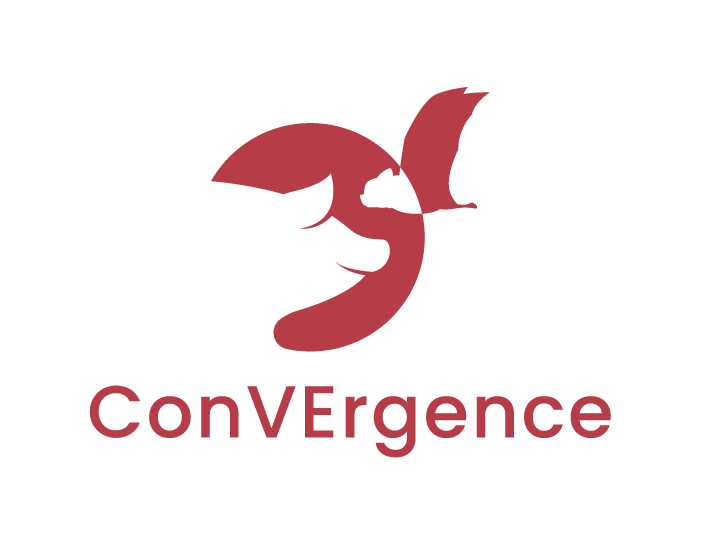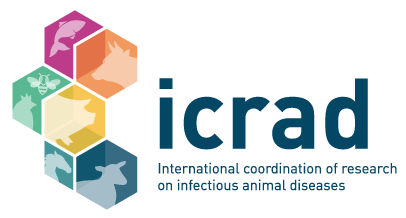Project details
Acronym: ConVErgence
Researcher: Dr Paola De Benedictis
Countries: Italy, Netherlands, United Kingdom

Project Summary
Recently, the number of CoVs emerging from wildlife is increasing, also as a consequence of blurred interface between humans, domestic animals and wildlife driven by industrialization of farming, that translates into increased likelihood of viral spillover. Emerging CoVs are also a major threat for swine production worldwide. Also, the dramatic consequences of the current COVID-19 pandemic highlights that further efforts should be directed towards understanding the mechanisms behind their emergence from the natural reservoir.
Among wildlife, CoVsare frequent and highly diversified in bats, suggested as a source for most epidemic CoVs such as the Porcine Epidemic Diarrhoea virus (PEDV) and the Swine Acute Diarrhoea Syndrome Coronavirus (SADS-CoV), and human viruses such as Middle East Respiratory Syndrome (MERS-CoV), Severe Acute Respiratory Syndrome (SARS-CoV) and SARS-COV-2, the agent of COVID-19.
We recently confirmed that Italian swine are in contact with several bat species, providing chances for pathogen spillover. Similarly, swine are highly exposed to SARS-CoV-2, which is extensively circulating in humans, increasing odds for infection even if pigs are scarcely susceptible. Spillover of SARS-CoV-2 in swine might result in serious consequences for human and animal health. Critically, most CoVs cause similar symptoms in pigs so that initial spillover of novel viruses might be easily missed or delayed due to misdiagnosis with one of the seven endemic CoVs. Indeed, these viruses are mostly unreported and little is known about their epidemiology. In addition, the presence of endemic CoVs in swine herds may provide a backbone for recombination events, generating variants with unknown zoonotic and epizootic potential.
ConVErgence aims to address knowledge gaps regarding the emergence of novel CoVs in swine trough spillover from humans and bats, and to provide a genetic and biological characterization of emerging CoVs, including the possible host range in bats and the zoonotic potential.
Fieldwork will be performed in Italy, following a robust sampling design to be representative of the EU settings while providing the best chance to detect rare transmission events. We will describe and quantify bat/pigs interactions related to different farming and structural characteristics using advanced techniques, aiming at defining the ecological niche. We will investigate human/pig relationships using checklists focusing on biosafety.
We will apply CoV broad spectrum molecular testing on samples from swine and bats and we will use specific serological assays to test for swine exposure to selected CoVs, including SARS-CoV-2, and other human and bat CoVs. We will investigate if the presence of Covs is related with the farming system and with the relationship detected between bat/humans and swine, in order to identify risk factors for the spillover of CoVs from either humans and bats.
We will fully sequence all CoVs detected in the study and we will perform phylogenetic, genetic and recombination analyses. Recombinant CoVs, novel CoVs, bat CoVs and human CoVs will be further characterized using 3D in vitro systems in terms of infectivity and tissue tropism for swine, humans and different bats species from which organoids will be obtained.
Finally, all data will be used to build mathematical models to investigate dynamics of CoVs in the bat reservoir and to model the spillover and consequent circulation in swine of either bat and human CoVs. The model will be fitted to longitudinal data from one farm and will be validated using two additional datasets produced in different settings, allowing us to infer general conclusions for the European Union.
All tasks included in the study will be addressed using cutting-edge technologies from different fields including veterinary medicine, ecology, virology, epidemiology and mathematical modelling. To this end we have formed a consortium merging partners with complementary expertise.
